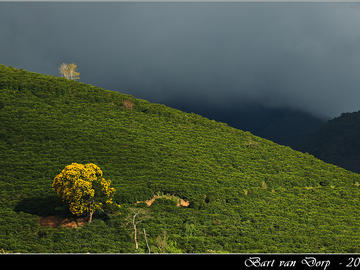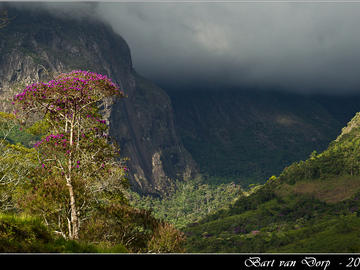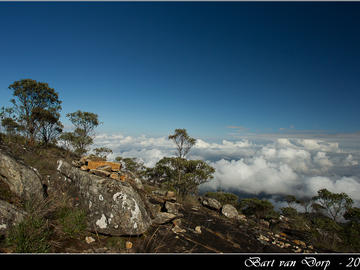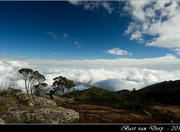Parque Nacional do Caparaó Picture 1

More information on Parque Nacional do Caparaó Photo by: Bart vanDorp
Parque Nacional do Caparaó
The Caparaó National Park was created on May 24, 1961 by Federal Decree No. 50646, signed by then President Quadros. It houses the third highest peak in the country, the Pico da Bandeira. It is administered by the Chico Mendes Institute for Biodiversity Conservation (ICMBio). The Park has 26,000 hectares of area.
The park is located on the border between the states of Espirito Santo and Minas Gerais and covers seven cities and four side espiritossantense the mining side. About 80% of the park is the state of Espirito Santo. [1] The highest peaks are in the border states, especially the Pico da Bandeira, with 2,892 meters, Pico or Pico do Cruzeiro 2, with 2852 meters, the Footwear with Peak and Peak 2849 meters Footwear Mirim with 2818 meters. Crystal Peak, with 2770 meters is only in our state. The park also houses other peaks, smaller in size but also to considerable altitudes, such as the Morro da Cruz del Negro (2658 meters), Pico da Pedra Roxa (2,649 meters), the peak of Kids or the Treasury (2,620 meters) , tesourinho Peak (2,584 meters), and the Little Stone (2,037 meters) all in this state.
This park is one of the most representative areas of Atlantic forest in this state, which also cover much of the Sierra Caparaó, is also found on the slopes of the Serra do Castelo, Forno Grande and Pedra Azul. Sierra Caparaó is an offshoot of Mantiqueira, interlinking with the mountains of Brigadier and Father Ignatius in Minas Gerais.
The climate is tropical park's altitude, the variation Cwb and has mild temperatures, with annual averages between 19 ° C and 22 ° C, [2] but this mountainous region has lower annual average temperatures in areas of higher altitude .
The tops of the parks are cold places, and some of the coldest spots of Brazil, in them the temperature can range from 25 ° C to -10 ° C, [3] and in the winter, the peaks recorded frost and temperatures drop -4 ° C daily, but there is a park guide that says it recorded a temperature of -14 ° C [4] in Pico da Bandeira (was not considered an official mark, but it is entirely possible). At the foot of Peak Crystal Lake where there is a register at least one day per year with ice cover at the site
The park attracts many tourists, especially during the winter holidays. Tourists come mainly in search of cold weather and to reach the summit of Pico da Bandeira on behalf of his known views of the sunrise at the summit of the mountain, Pico do Cristal. There are also those who come in search of tranquility.
The municipalities have pristine landscapes of both the mining side, the side espiritossantense.
Entrance of the park in Minas Gerais
Its main access is the Portal Stone Girl in the town of Dores do Rio Preto (ES) through which one arrives at the Burnt House, the trailhead via Caparaó-Capixaba for Pico da Bandeira, and Portal High Caparaó in Alto Caparaó (MG ) with the road to the lookout Tronqueira, origin of the slope mining trail to that flag.
More Photos of Parque Nacional do Caparaó Picture 1




